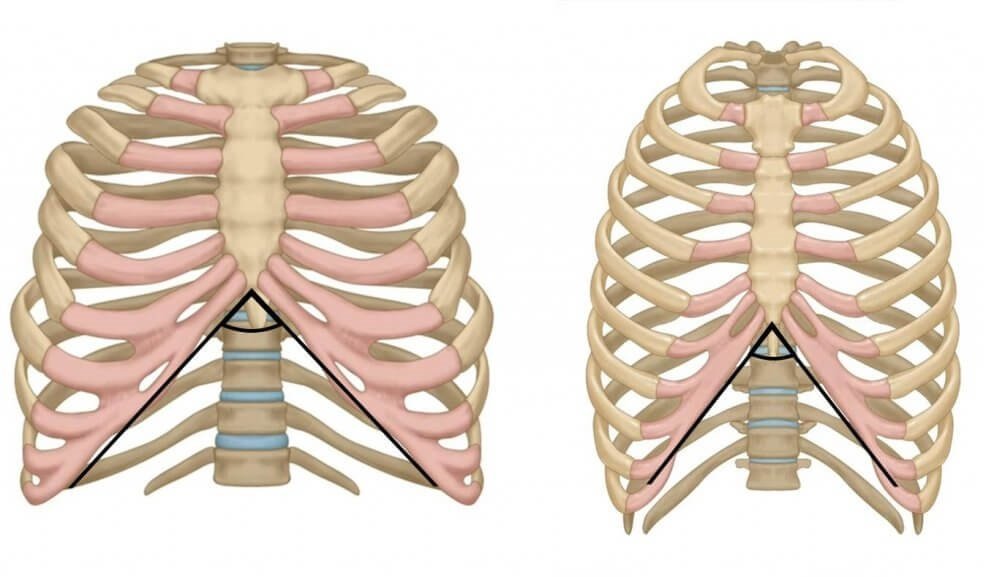Optimizing Baseball Training With Infrasternal Angle (ISA): Individualizing Programs for Hitters and Pitchers
The ISA fundamentally affects movement because it influences how the thoracic ribcage and spine flex, extend, rotate, and stabilize. In narrow ISA individuals, the ribcage is biased toward external rotation (ER), favouring movements that require rapid rotation and elastic recoil. In wide ISA individuals, the ribcage is positioned with a more significant internal rotation (IR) window, suiting them for compression-based strength exercises and sustained force production over wider ranges of motion.

